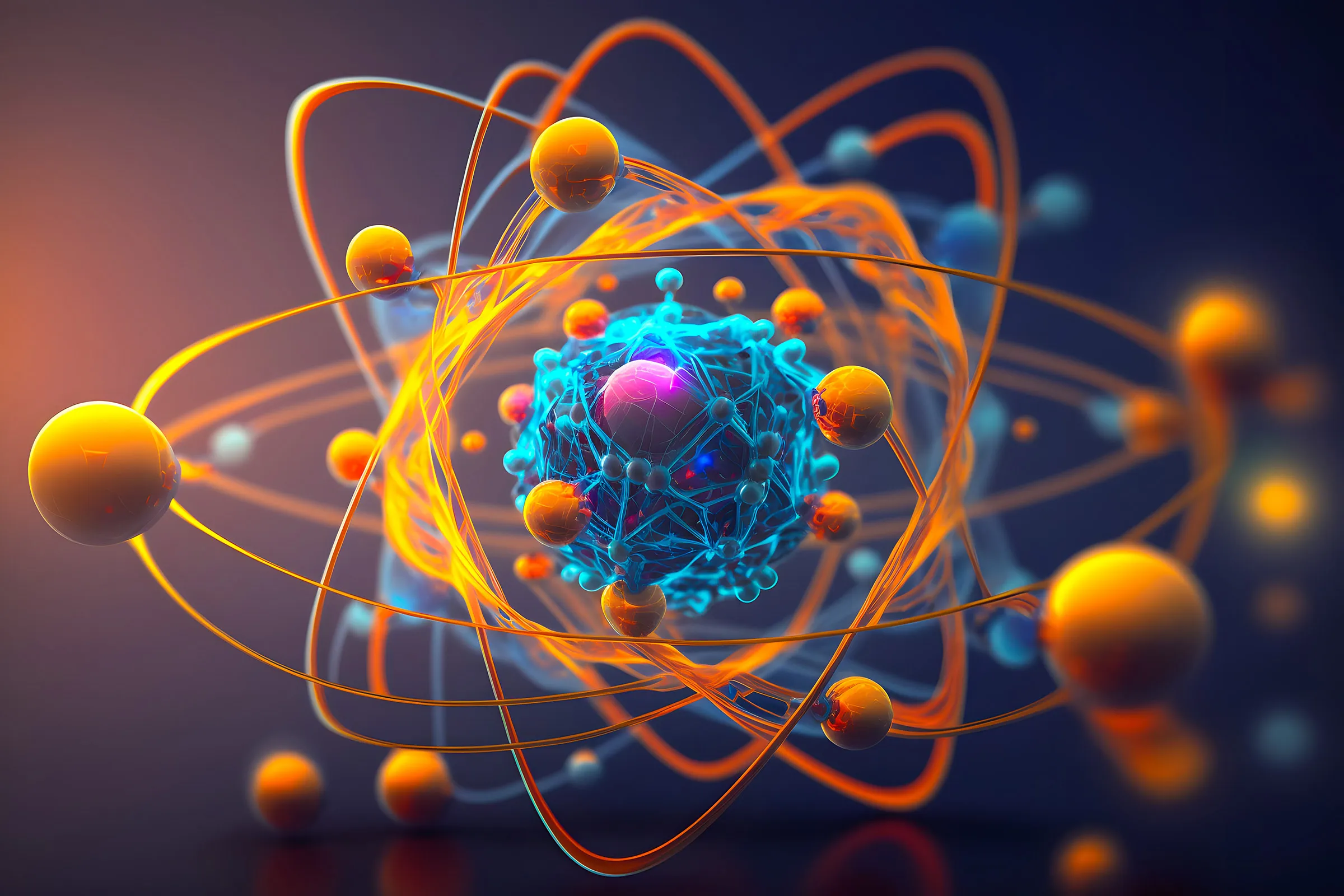Death Research Explores Organisms Existing in a 'Third State'

Overview of Death Research
Death research has witnessed a remarkable breakthrough, where scientists have engineered biobots that inhabit a 'third state' beyond both life and death. This innovative concept, documented in a new study published in the journal Physiology, showcases how researchers are transforming cells from both living and deceased organisms into entirely new entities.
Implications of This Discovery
According to biologists Peter Noble and Alex Pozhitkov, co-authors of the review, this unprecedented 'third state' has significant implications for understanding cellular behaviors. The creatures produced in this state not only exhibit unique characteristics but also possess new functions that extend beyond their original design.
- Unexpected Functions: The created biobots can perform tasks like repairing damaged neuron cells in adjacent petri dishes.
- Radical Transformations: Unlike traditional organisms that metamorphose in predictable patterns, these biobots can exhibit unexpected abilities.
- Future Research Opportunities: The potential for further development could lead to advanced living robots and biobots accomplished in ways previously deemed impossible.
Future Directions in Death Research
As scientists continue to unravel the mysteries of this 'third state,' more research is anticipated. The advancements in death research promise to challenge existing paradigms in biology while opening new avenues for innovation and understanding.
This article was prepared using information from open sources in accordance with the principles of Ethical Policy. The editorial team is not responsible for absolute accuracy, as it relies on data from the sources referenced.